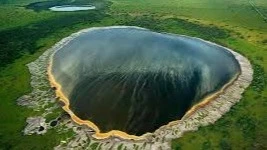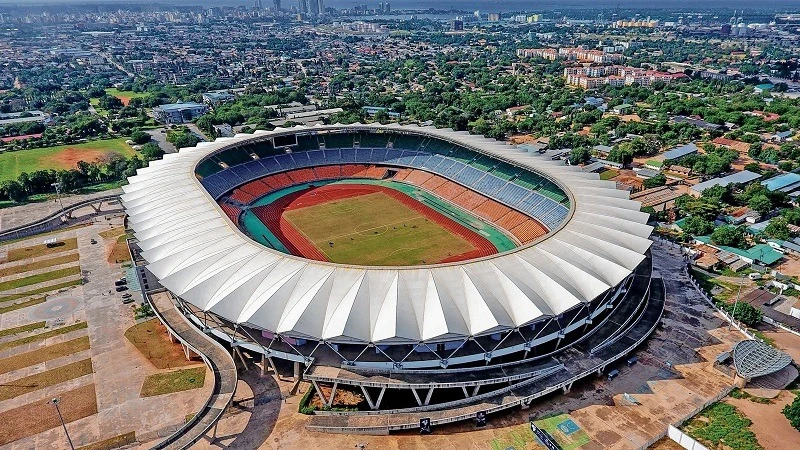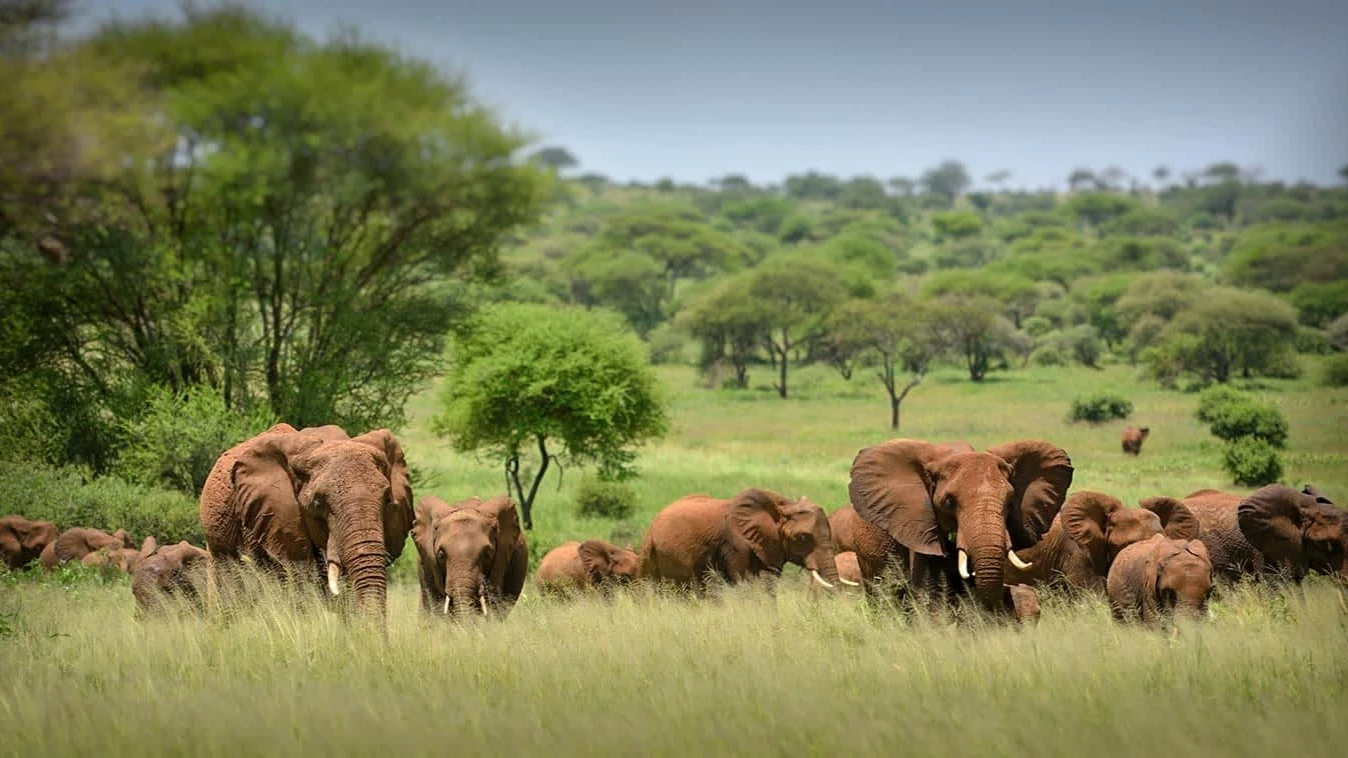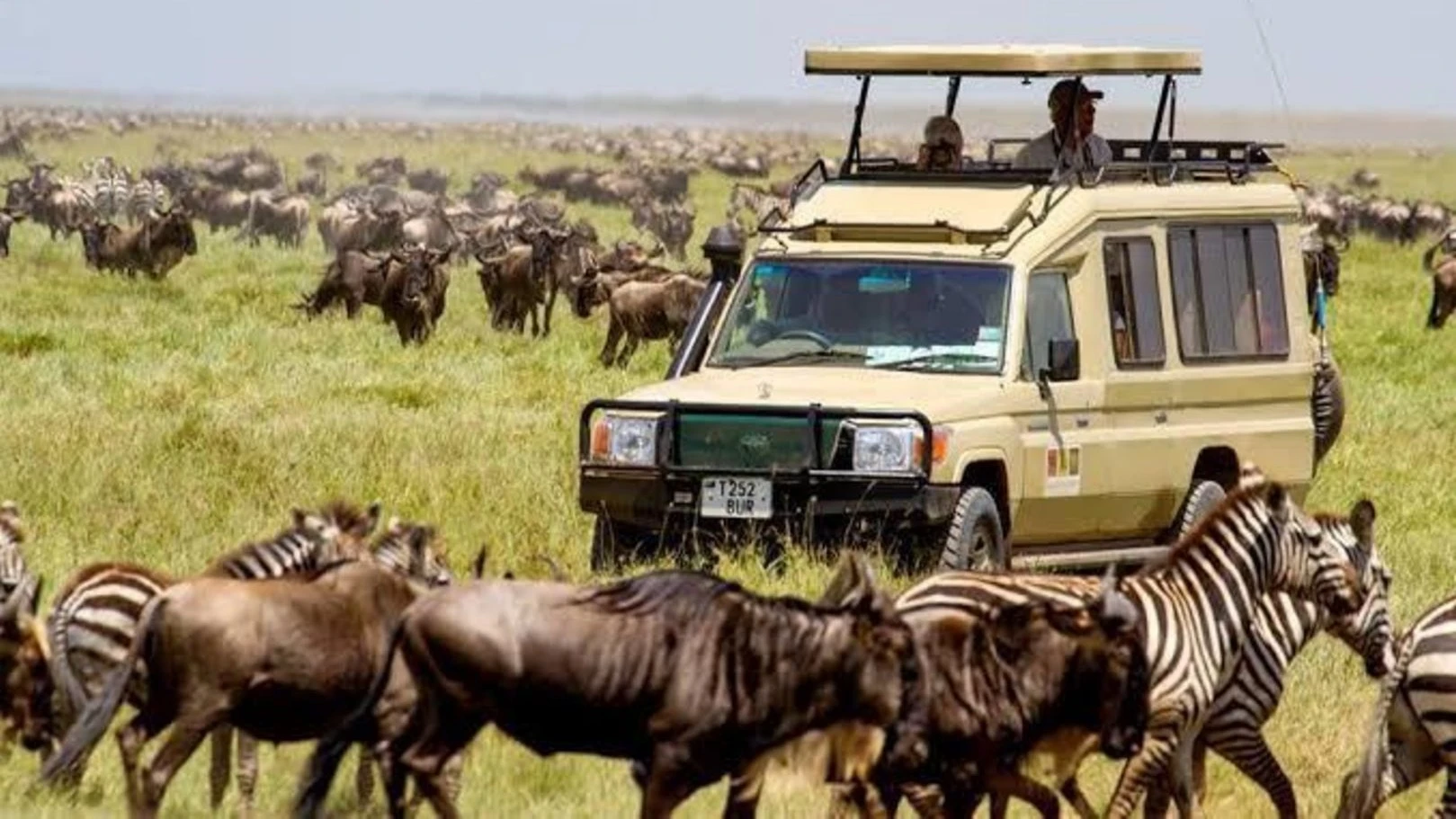Tanzania coming of age in travel awards, with topmost destination needing more stakeholders

IT has just been reported that the Ngorongoro Conservation Area, world-famous for its crater and wildlife scenery at an elevated area, has reclaimed the title of Africa’s leading tourist attraction.
This was announced at the World Travel Awards gala ceremony held on Saturday in Dar es Salaam, and it did not come as a surprise.
Those close to the tourism industry say the area is home to the only geopark in sub-Saharan Africa, which an online entry says is an area encompassing not just geological features but also the natural, cultural and intangible heritage of the area.
This United Nations classification sees such areas as sustainable development icons in respect of geotourism, education, conservation.
It is hard to see how this differs from a normal conservation area except in that this definition similarly seeks to conserve the sociocultural surroundings, which thus elevates the zone from a wildlife park to a geopark.
Incidentally, while the government has faced considerable problems trying to sort out the human habitat parameter of the Ngorongoro geopark facility, the same dimension reared its head in another conservation area – this time at Ruaha National Park.
In the latter, a whole array of those pushing geopark classification demanded that the same standards be used, thus avoiding removals of livestock ‘invasions’ putting that ecosystem in peril.
Reports say that Ngorongoro had initially won the trophy in 2023 but during the 2024 World Travel Awards the conservation area lost the crown to Kilimanjaro National Park.
In that case, it won back its position during the 32nd edition of the travel awards for Africa and Indian Ocean rim countries in the latest version of the awards.
The night was unique in that this mention was among the many accolades Tanzania managed bagged at the global event. Many reporting that event savoured the victory, with one report saying South Africa had the highest number of entries in the category but walked out empty-handed.
This was despite the fact that it had fielded the likes of the Table Mountain overlooking the scenic city of Cape Town, which has previously won the title several times
South Africa also boasts Robben Island, arguably more known as the prison that held freedom fighter Nelson ‘Madiba’ Mandela for nearly 30 years than as a latter day tourist attraction.
The two did not obtain accolades in the tussle with Tanzania’s Ngorongoro and Kilimanjaro national park competition.
The latter went on to win Africa’s leading tourist attraction at the World Travel Awards for the first time in 2013.
One write-up said that the Pyramids of Egypt won the category for the first and last time in 2012, at the time that the awards were initiated, after which they conspicuously disappeared from the top listing.
Why was that the case? The answer comes to an advertising gimmick in that the authors wished to take global travel to new and less known scenes, where to start with the pyramids constituted an obvious launch pad. After that, the real advertising intention comes out clearly.
Top Headlines
© 2025 IPPMEDIA.COM. ALL RIGHTS RESERVED

















